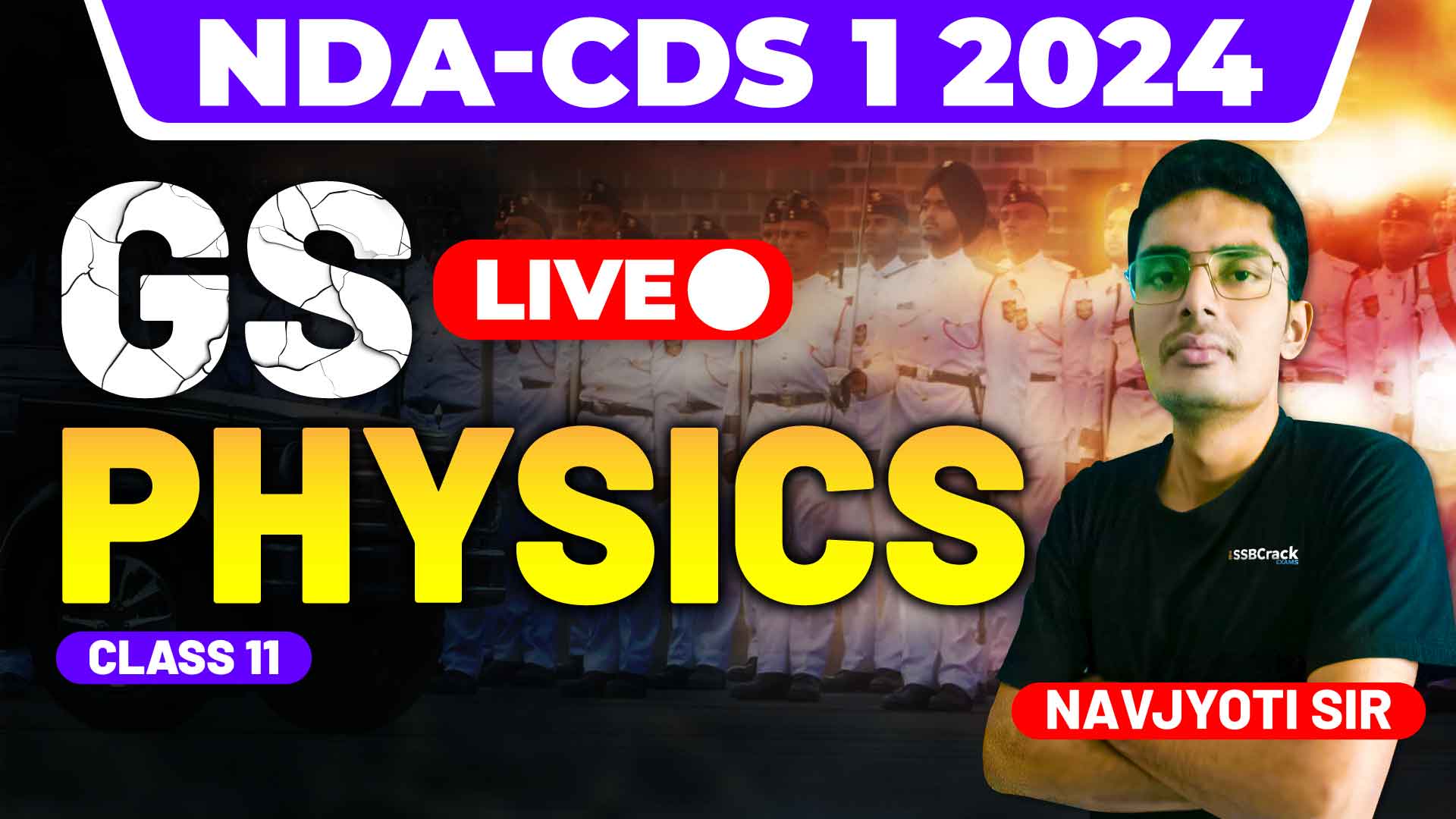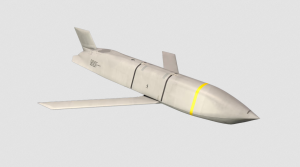Welcome to another important class dedicated to revising essential concepts in physics for the NDA & CDS 1 2024 Exam. In this session, we’ll focus on key topics related to Magnetism, Heat Transfer and Nuclear Energy. Understanding these concepts is crucial not only for the exam but also for comprehending various natural phenomena and technological applications.
Charges and Magnets
We begin our exploration with charges and magnets, two fundamental aspects of electromagnetism. Charges are responsible for the electrical force, while magnets exhibit magnetic fields. Understanding these concepts helps us comprehend the behavior of particles and materials in electromagnetic interactions.
Magnetic Field Lines
Magnetic field lines are imaginary lines used to visualize the direction and strength of a magnetic field. They provide valuable insights into how magnets interact with each other and with magnetic materials.
B due to Straight Current Carrying Wire
When an electric current flows through a straight wire, it creates a magnetic field around it. Understanding this phenomenon is essential for analyzing the behavior of current-carrying conductors in magnetic fields.
B due to Current Through a Circular Loop
Similarly, when an electric current flows through a circular loop, it generates a magnetic field. This concept is crucial for understanding the behavior of coils and solenoids, which find applications in electromagnets and electronic devices.
Solenoid
A solenoid is a coil of wire wound in a helical shape. When an electric current flows through a solenoid, it produces a magnetic field similar to that of a bar magnet. Solenoids are widely used in electromechanical systems, such as valves and relays.
Force on a Conductor in a Magnetic Field
When a current-carrying conductor is placed in a magnetic field, it experiences a force perpendicular to both the direction of the current and the magnetic field. This phenomenon, known as the Lorentz force, has various applications, including in electric motors and generators.
Electromagnetic Induction
Electromagnetic induction is the process of generating an electromotive force (emf) in a conductor by varying the magnetic field around it. This principle forms the basis of electrical generators, transformers, and other devices used in power generation and transmission.
Heat Transfer
Heat transfer is the exchange of thermal energy between objects due to a temperature difference. Understanding the mechanisms of heat transfer, such as conduction, convection, and radiation, is essential for analyzing thermal systems and designing efficient heating and cooling systems.
Specific and Latent Heat
Specific heat is the amount of heat required to raise the temperature of a unit mass of a substance by one degree Celsius. Latent heat is the heat absorbed or released during a phase change at constant temperature. These concepts are fundamental to understanding thermodynamics and heat transfer processes.
Calorimetry
Calorimetry is the science of measuring heat transfer in chemical reactions and physical processes. It involves using calorimeters to measure the heat exchanged between a system and its surroundings. Calorimetry plays a crucial role in studying energy changes in various phenomena.
Nuclear Energy
Nuclear energy is the energy released during nuclear reactions, such as nuclear fission and fusion. It is a powerful source of energy with applications in electricity generation, medicine, and scientific research.
In conclusion, this class has provided a comprehensive overview of important concepts in electricity and magnetism, ranging from the behavior of charges and magnets to the principles of heat transfer and nuclear energy. Understanding these concepts is essential for success in the NDA & CDS 1 2024 Exam and for grasping the underlying principles of physics in various contexts. Keep reviewing and practicing, and approach the exam with confidence!



















